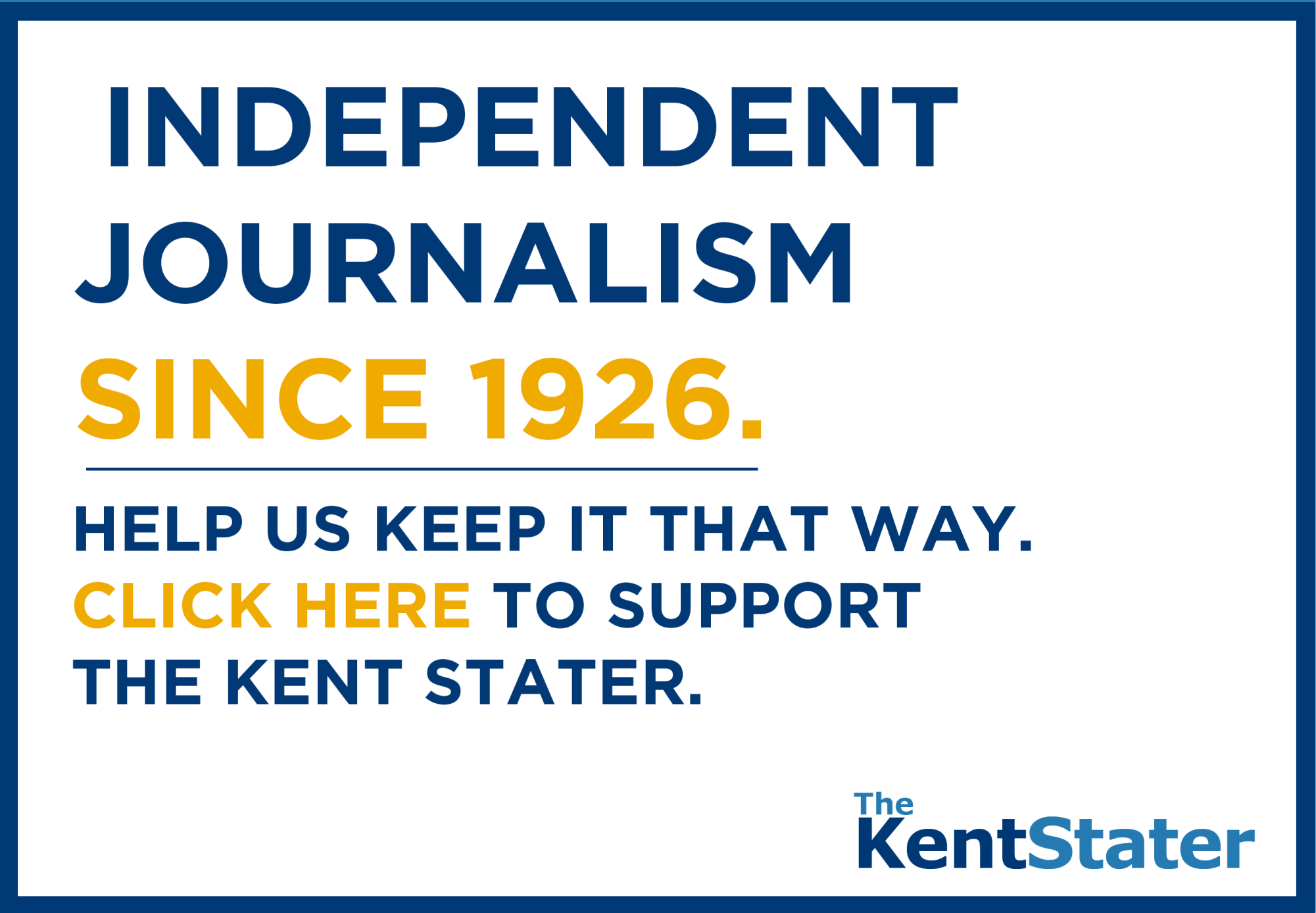Plans for student investors
January 25, 2006
It’s never too early to save for retirement
With all the spending college students put into pizza, books, beer and not to mention the actual tuition, saving and investing might not be a topic that’s front and center in their heavy schedule – but some experts say it should be.
Edward Balaj, vice president and investment officer at Huntington Investment Company, said the most important thing college students should do when beginning to invest is become educated and survey all the different plans available.
He said for college students, the most practical would be mutual funds, Roth and Traditional Individual Retirement Accounts and 401K plans.
Mutual funds are “a collection of investors that hire a professional manager,” Balaj said. “The manager of that fund would invest it in accordance with the guidelines of the fund you invested in.”
Basically, someone is guiding the person’s investment decisions.
“It’s typically where you want to put your money for five years or longer,” he said.
The benefits of mutual funds includes diversification, which means if the person has a small amount to invest, he or she can’t easily spread that across the market, but if he or she has more to invest it can be put in more places.
“Drawbacks can be costs,” Balaj said. “Costs between funds vary.”
And, there is no guarantee money will be earned, he said. There is also the chance money can be lost with a mutual fund.
When contributions are made in a Traditional or Roth IRA account, the contributions may be tax deductible, Balaj said. The interest earned doesn’t acquire income tax.
“When you withdraw, you pay tax on your contributions and earnings at your current tax bracket,” Balaj said.
With Traditional IRAs, money must be kept in the account until retirement, or there is a tax or penalization, he said. The account holder will still be taxed or penalized if money is withdrawn from a Roth IRA account, but after five years or the age of 59 and-a-half the money can be withdrawn tax-free.
The benefits include tax deferred or tax free growth. Holder’s are not paying any tax on current earnings, Balaj said.
As for the money earned, it depends on what the IRA is invested in to determine the amount, as well as which investor is chosen – but money may still be lost.
A 401K plan is “an employer-sponsored retirement plan” where “contributions can be deducted directly from your pay,” Balaj said.
He said, “It’s becoming more common. It’s the number one retirement plan offered by employers.”
The money in a 401K plan is invested through other types of programs such as mutual funds, money market accounts and employers’ stock.
“Hopefully, you earn money, depending on how you invest it,” Balaj said.
But as with the other accounts, there is always the risk of losing money.
Mark Evans, the director of financial aid at Kent State, recommends students use a 529 savings plan, named after the IRS code Section 529, to invest their money.
In the last five years, Evans said more and more families have been using 529 plans to save for college. With this plan, a student can invest with other states’ 529 plans, and the earnings, interest earnings or investment returns are free from federal, state and local taxes, he said.
“I think it’s clear that over the last five years, the responsibility of paying for high education falls on the shoulders of families,” Evans said.
Because of this, he said it is critical for families to develop some sort of college saving or investment account.
Balaj said there could be a significant difference between the savings of someone who invested early and the savings of someone who didn’t.
“The sooner you start saving, the more you have for retirement,” he said. “I recommend that they (students) at least look at it.”
When it comes to choosing an investment plan, Balaj said it depends on student situation and what they’re trying to accomplish.
For help, students can seek counseling with an investment adviser at Huntington Bank, huntington.com and most other mutual fund companies and bro- kerage Web sites, he said. At Huntington, there is no fee for this service, and an adviser can customize an investing program to fit a student’s specific needs.
“If you send 50 students here for a consultation, you could have 50 different plans,” he said.
Contact features reporter Allison Remcheck at [email protected].












